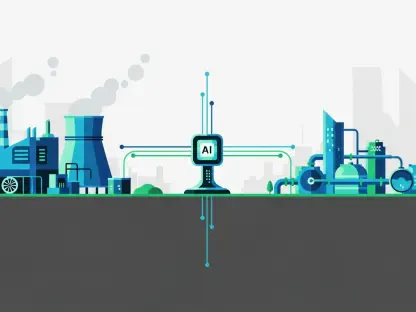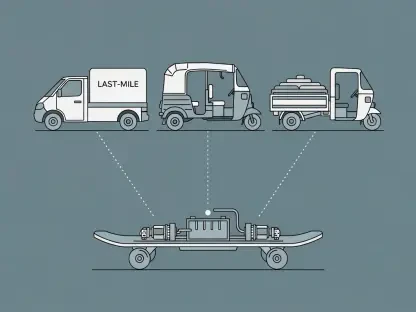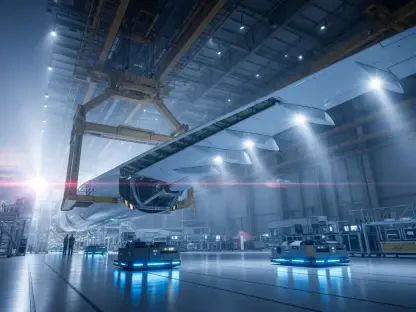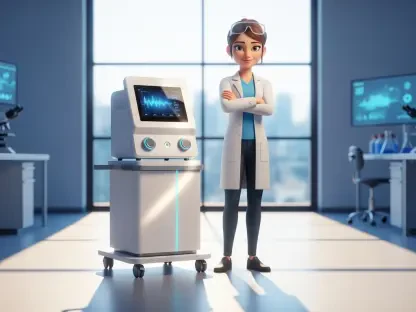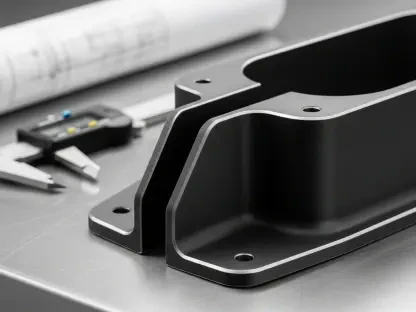In a world where personalized medicine is rapidly becoming the cornerstone of modern healthcare, the announcement of Japan’s inaugural cell-therapy manufacturing facility has sparked significant excitement across the global biotech community. This pioneering project, located in Kashiwa City within the innovative Kashiwa-no-ha Smart City, represents a bold step forward in addressing the escalating demand for advanced therapies like CAR-T (Chimeric Antigen Receptor T-cell) treatments. Known as the Cellares Smart Factory – Asia, this facility is a collaboration between a US-based biotech firm and esteemed partners tasked with project management and engineering. With construction set to commence soon and commercial operations targeted for 2027, the factory promises to redefine the production landscape for life-saving therapies in Asia. This development not only highlights Japan’s growing prominence in life sciences but also raises critical questions about how such infrastructure can bridge existing gaps in patient access and treatment scalability.
Pioneering a New Era in Cell-Therapy Production
Spanning approximately 16,000 square meters across four stories in the Mitsui Link Lab, the new facility in Kashiwa City is designed to revolutionize the manufacturing of personalized cell therapies. Equipped with over 30 advanced Cell Shuttle units, this factory aims to produce doses for up to 75,000 patients annually—a capacity that dwarfs traditional contract development and manufacturing organizations of comparable size by a factor of ten. Such a dramatic increase in output is complemented by a focus on efficiency, with operational costs and the cleanroom footprint expected to be reduced by half. This leap in production capability could significantly lower the barriers to accessing cutting-edge treatments, particularly for patients in Asia who often face delays due to limited regional manufacturing options. The integration of automation is central to achieving these ambitious goals, ensuring that processes are not only faster but also more consistent and reliable in meeting stringent quality standards.
Beyond sheer volume, the facility’s design prioritizes streamlined logistics, especially in managing the complex cold-chain requirements inherent to cell therapies. A key metric in this field is the “vein-to-vein” timeline—the duration from collecting a patient’s T-cells to reinfusing the engineered therapy. By optimizing this critical window, the factory aims to deliver treatments more swiftly, potentially improving patient outcomes in time-sensitive conditions. Dedicated areas for manufacturing, quality control, supply management, and administration further enhance operational flow, while advanced technologies like ionized Hydrogen Peroxide disinfection are incorporated to maintain sterility in automated processes. This holistic approach to facility planning underscores a commitment to addressing longstanding bottlenecks in the cell-therapy supply chain, positioning the project as a potential game-changer for how personalized medicine is delivered on a large scale across the region.
Strategic Location and Global Implications
The choice of Kashiwa City as the site for this groundbreaking factory is no accident, given its status as part of the Kashiwa-no-ha Smart City and its designation under the Greater Tokyo BioCommunity initiative. This location offers unparalleled access to cutting-edge research institutions, skilled talent, and robust infrastructure, all of which are essential for fostering innovation in life sciences. Situated in a bio-innovation hub, the facility is poised to benefit from collaborative opportunities with academic and industry partners, accelerating the development and deployment of new therapies. Additionally, its proximity to major transportation networks facilitates efficient distribution, a crucial factor in ensuring that time-sensitive treatments reach patients without delay. This strategic positioning not only enhances the factory’s operational effectiveness but also elevates Japan’s role as a pivotal player in the Asian biotech landscape, potentially attracting further investment and talent to the region.
Looking at the broader implications, this project reflects a global trend toward scalability and innovation in cell-therapy production to meet rising demand. The emphasis on automation and efficiency addresses critical challenges such as high costs and logistical hurdles, which have historically limited patient access to transformative treatments like CAR-T therapies. By enabling faster technology transfer across international sites, the factory can adapt swiftly to evolving needs and regulatory requirements, ensuring flexibility in a dynamic market. This development also sets a precedent for other regions looking to establish similar facilities, highlighting the importance of aligning infrastructure with strategic goals. As the facility moves toward its operational launch in 2027, it stands as a beacon of what is possible when technology, location, and vision converge to tackle some of healthcare’s most pressing challenges, potentially reshaping the global supply chain for advanced therapies.
Building a Foundation for Future Healthcare Solutions
Reflecting on the journey so far, the collaboration between seasoned project management experts and engineering specialists laid a robust groundwork for this ambitious endeavor. Their combined expertise ensured that every aspect of the facility’s design and construction was meticulously planned to meet the unique demands of cell-therapy manufacturing. As the project progressed, it became evident that this factory was more than just a manufacturing site; it embodied a vision of transforming healthcare delivery through innovation and efficiency. The integration of state-of-the-art automation and strategic location advantages marked a significant milestone in addressing past limitations in treatment access and production capacity.
Looking ahead, the focus should shift to monitoring the facility’s impact on patient outcomes and regional healthcare systems once operational. Stakeholders must prioritize establishing partnerships to further reduce costs and expand reach, ensuring that the benefits of this infrastructure extend to underserved populations. Continuous investment in research and technology upgrades will be essential to keep pace with advancements in cell therapies. Moreover, lessons learned from this project could inform similar initiatives worldwide, fostering a collaborative approach to solving global healthcare challenges. This facility’s legacy may well lie in its ability to inspire a new wave of innovation, proving that scalable, accessible solutions are indeed within reach.




